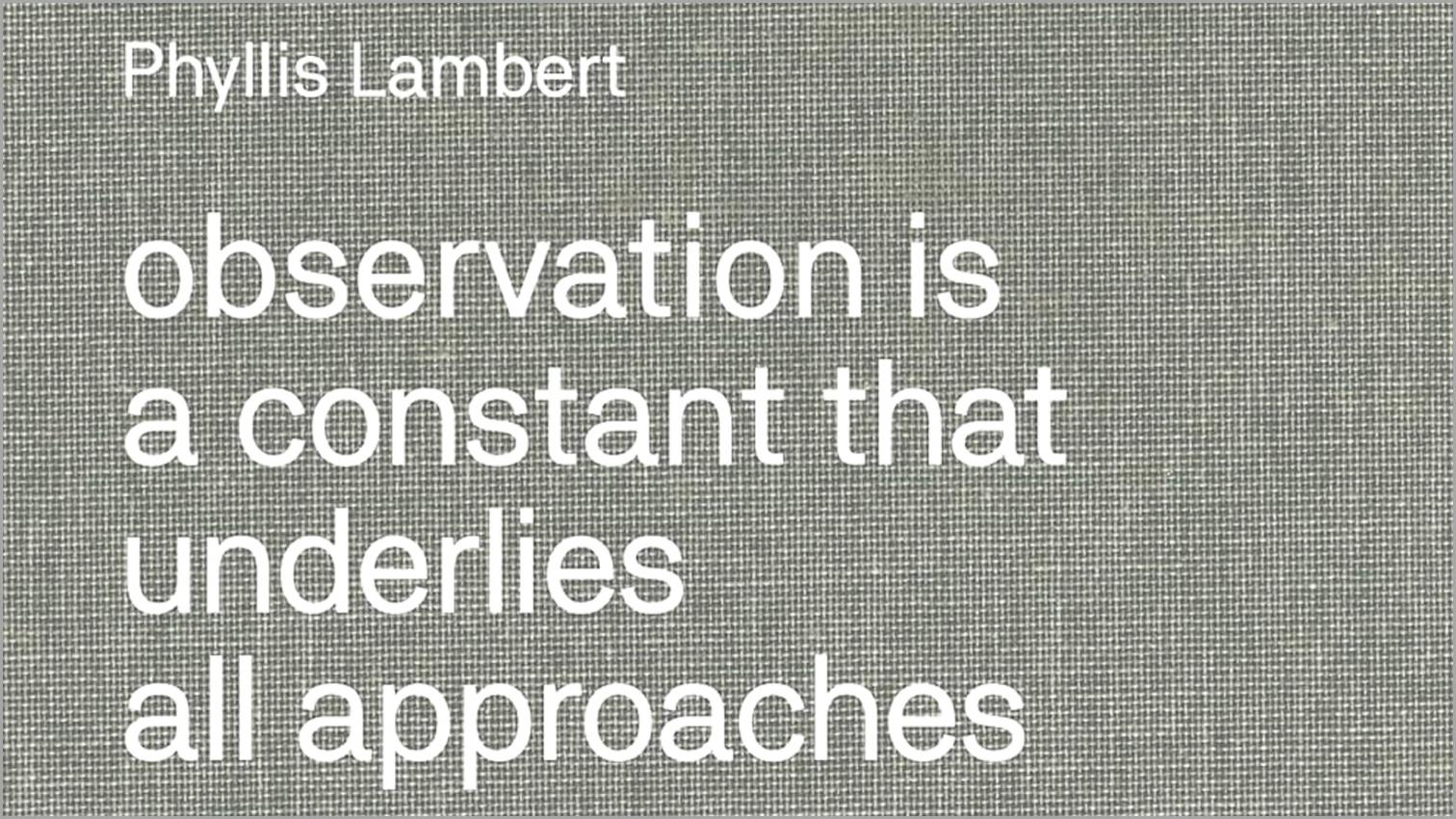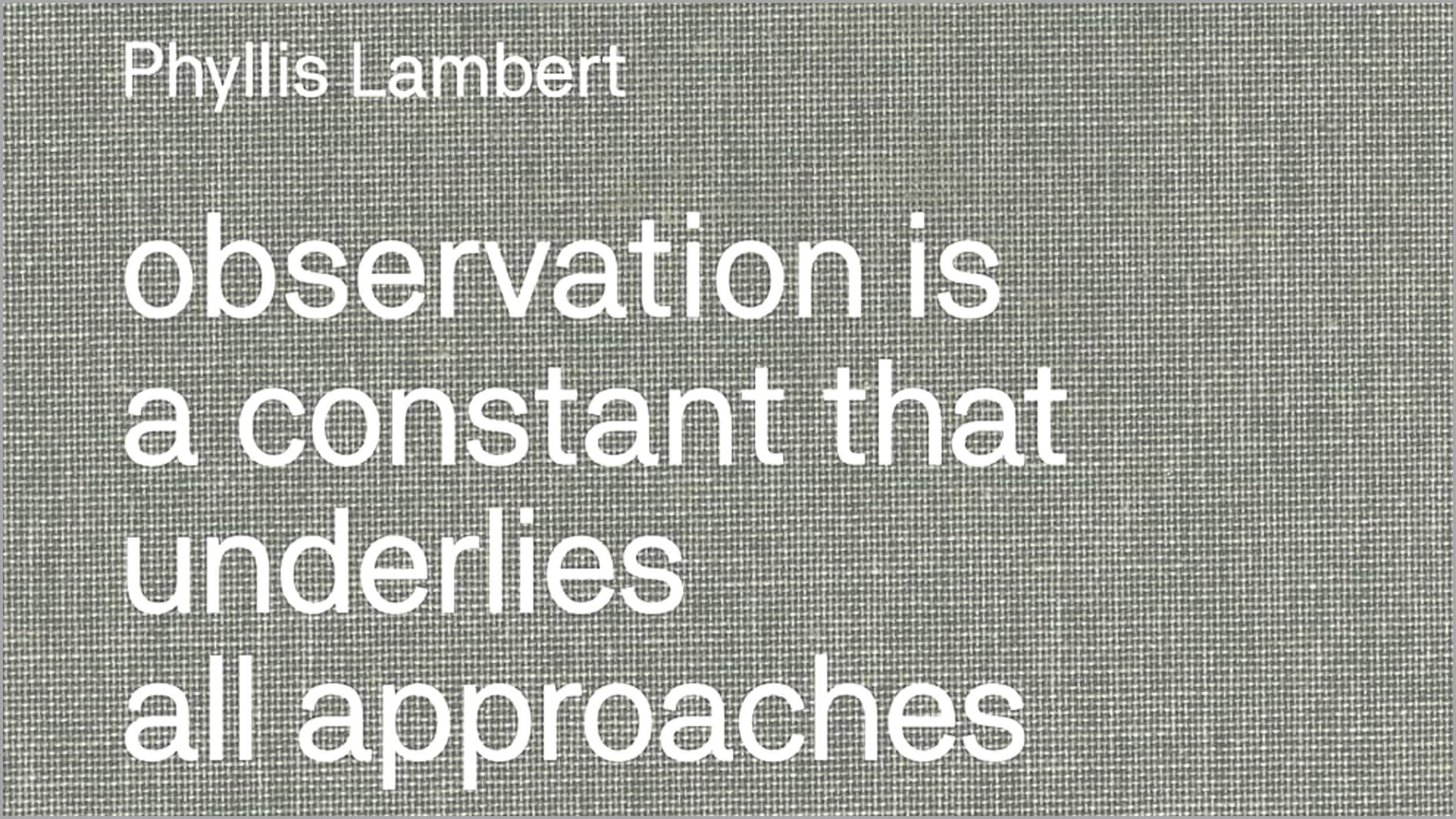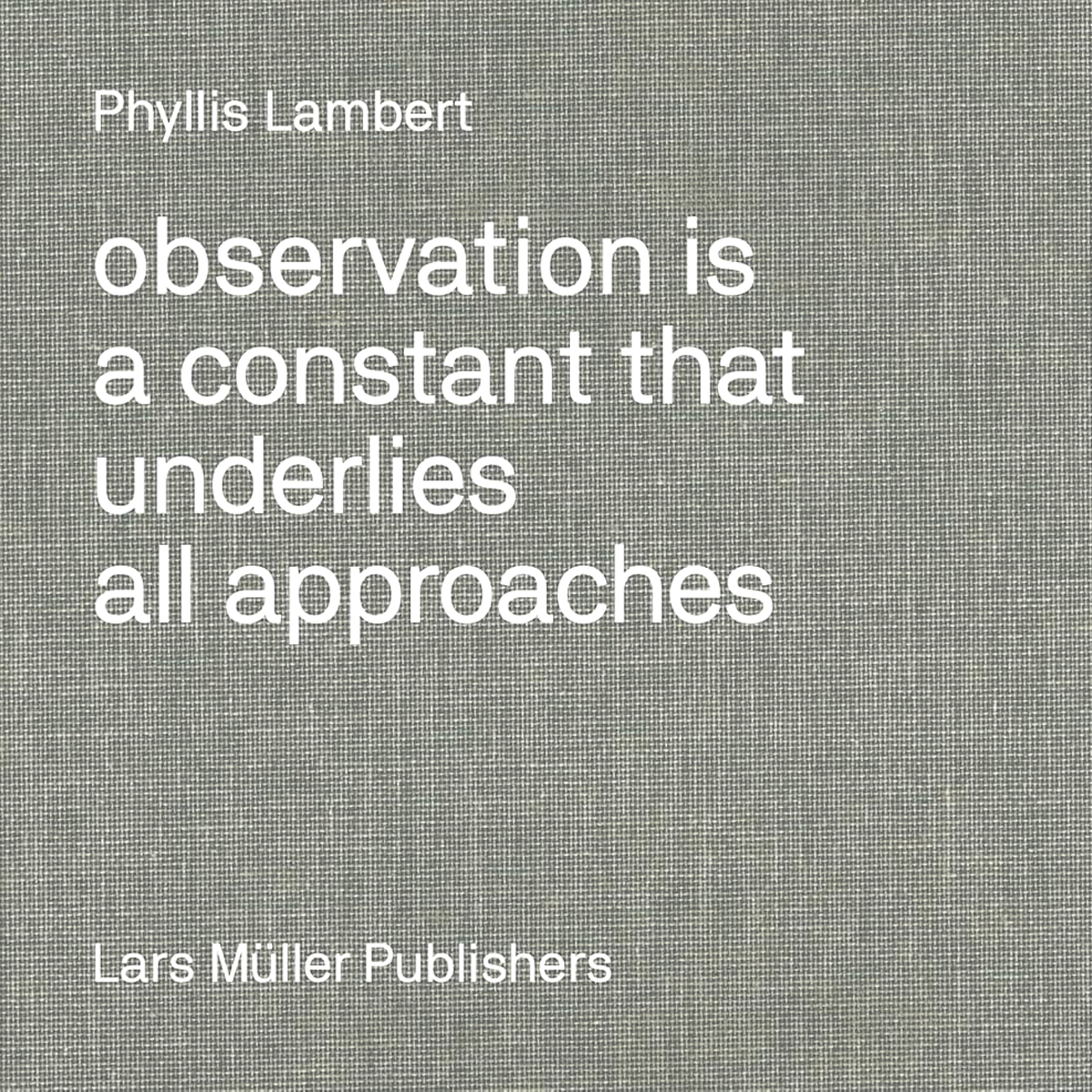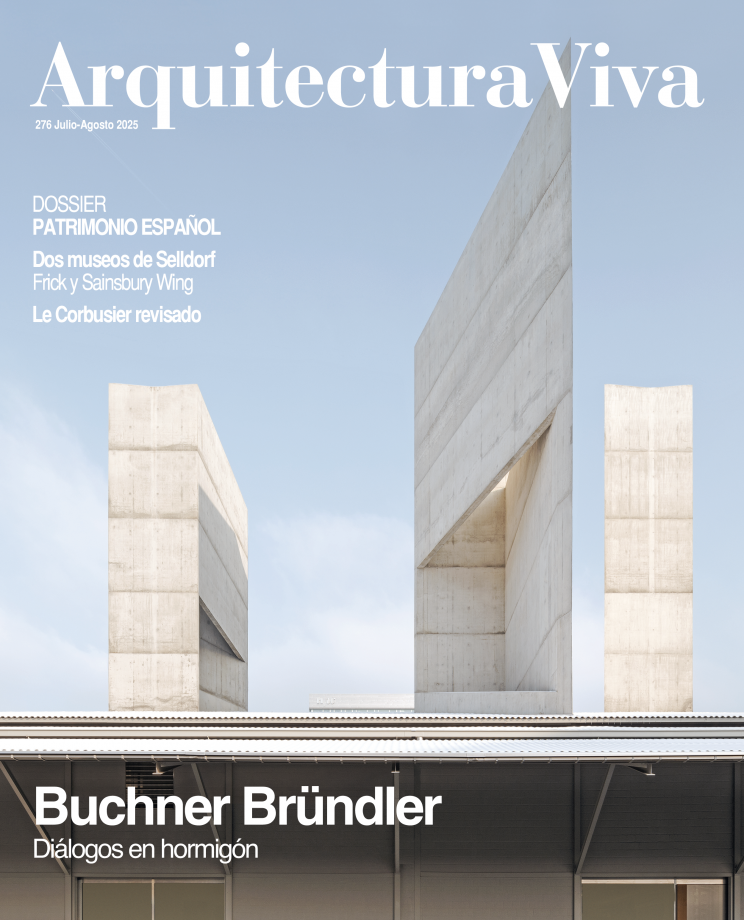
Looking arouses curiosity. This goes for a chemist peering through a microscope or an astronomer through a telescope. Also, whether for a photojournalist with the lens or a painter with trained eyes, observation is a constant that underlies all approaches. Phyllis Lambert thus summed up what lies at the heart of human knowledge and creative work, and the sentence serves as title for a personal album of photos taken by one who, active at 98, has rescued a collection that goes from the 1950s to the pandemic.
From reflex to point-and-shoot and later the iPhone, the architect/philanthropist has always had the camera on hand. As she recounts in a brief text that almost goes unnoticed amid over 300 prints, she started out documenting the construction of the Seagram, where she, the owner’s daughter, acted as director of planning, and after finishing her studies she immortalized several theaters that would guide her in designing her one built work, the Saidye Bronfman Centre. A collector and commissioner, in the 1970s she mapped old Montreal neighborhoods to advocate their protection, and acquired the first negatives of what would be the archive of the Canadian Centre for Architecture, which she founded.
The book is a life in vignettes. In diptychs it gives us peeks of world travels, views from her home window, professional meetings, friendships, and architectures, known and not, shot with a penchant for unexpected framings, textures, and theatrical light. With the depth of field of one whose eyes will never tire.







